In a world where artificial intelligence continually pushes the boundaries of creativity, a pressing question emerges: Can AI Art be Copyrighted? This complex issue marries the realms of technology, law, and creativity in a unique and fascinating way. In this article, we’ll explore the nuances of AI-generated art and its place in the world of copyright, backed by examples and expert insights.
The Creative Machine: AI’s Artistic Prowess
AI, armed with machine learning algorithms and vast datasets, has made significant strides in the realm of artistic expression. It can compose symphonies, generate poetry, and even create visual art that captivates and inspires. One prominent example is the “Portrait of Edmond de Belamy” by Obvious, a collective of AI artists. This artwork was created using a Generative Adversarial Network (GAN), a type of AI algorithm that pits two neural networks against each other to generate original content.
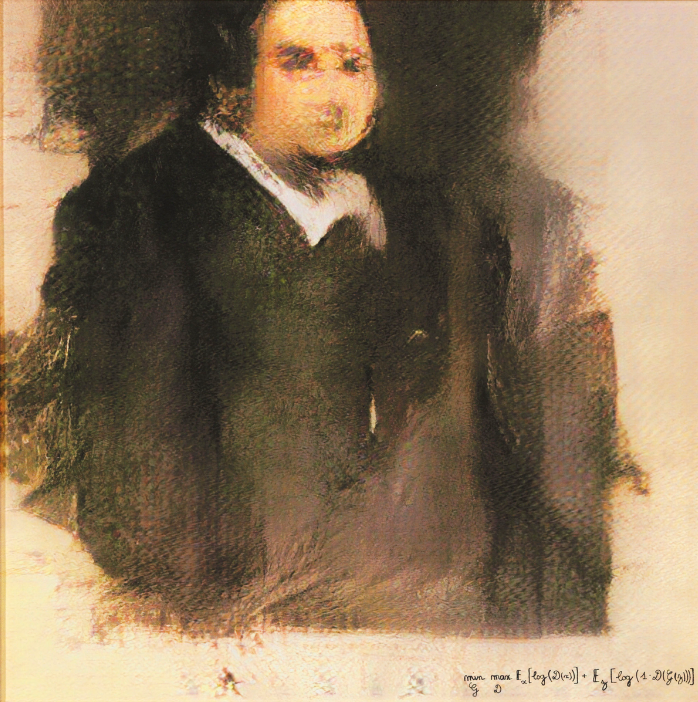
The Thorny Issue of Copyright
Copyright traditionally protects original creative works produced by human authors. However, as AI becomes increasingly autonomous in generating artistic content, the lines blur. The crucial question is whether AI-generated art can be considered the product of a human creator or a machine tool.
John Richards, a copyright lawyer, points out, “AI’s lack of consciousness presents a unique challenge. Copyright law was never designed to handle this level of machine creativity. We need to rethink our approach.“
The DABUS Case: AI as the Inventor
One prominent case that challenges traditional copyright norms is that of DABUS, an AI system created by Dr. Stephen Thaler. DABUS autonomously generated two patentable inventions, and Dr. Thaler sought to have DABUS recognized as the inventor. Various patent offices around the world, including the U.S. and UK, denied these requests, asserting that only human inventors could be recognized.
Dr. Thaler asserts, “AI is not just a tool; it’s a creative force. It’s time we acknowledge AI’s role in the creative process and its potential impact on intellectual property rights.“
Protecting AI Art: The Legal Landscape
Some countries have proposed specific frameworks for AI-generated content. According to Sarah Johnson, a legal scholar specializing in AI and copyright, “We’re at a crossroads where we need to balance encouraging AI innovation with protecting creators’ rights. Finding that balance will be a significant legal challenge.“
You Might Want to Read Next: Exploring the Controversy Will AI Art Get Banned
The Future of AI Art and Copyright
As AI technology advances, the question of AI-generated art and copyright will continue to evolve. It’s likely that lawmakers will need to adapt copyright laws to accommodate these creative advancements, potentially distinguishing between human-assisted AI creations and purely autonomous AI-generated art.
In conclusion, the intersection of AI and copyright in the realm of art is a complex and rapidly changing landscape. The answer to whether AI art can be copyrighted may ultimately depend on legal, ethical, and philosophical considerations. Until then, artists, lawyers, and tech innovators will continue to navigate these murky waters as AI’s creative potential continues to unfold.
Subscribe for the latest news & updates.

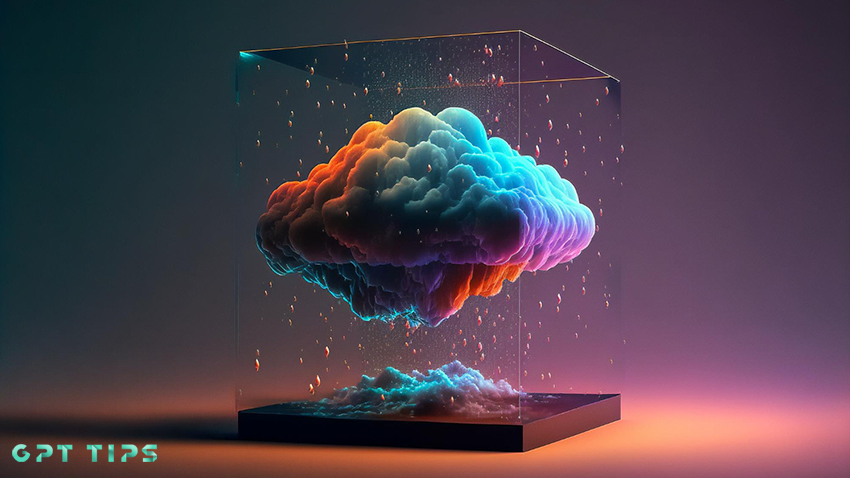
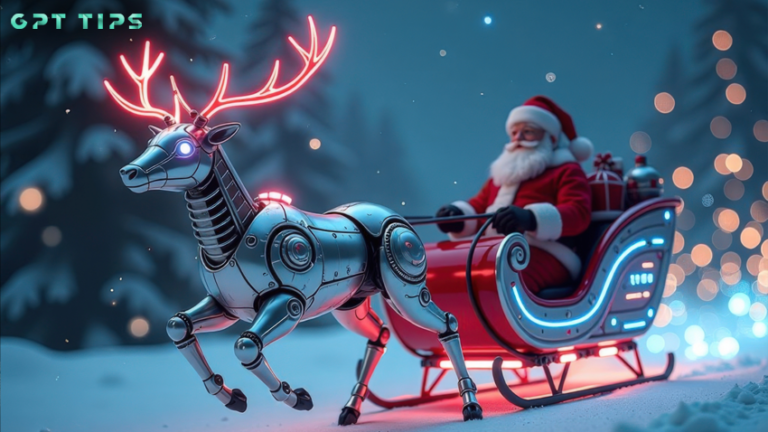
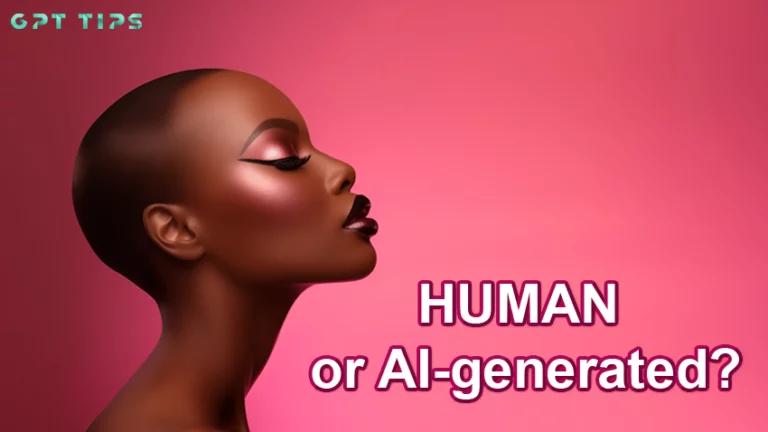
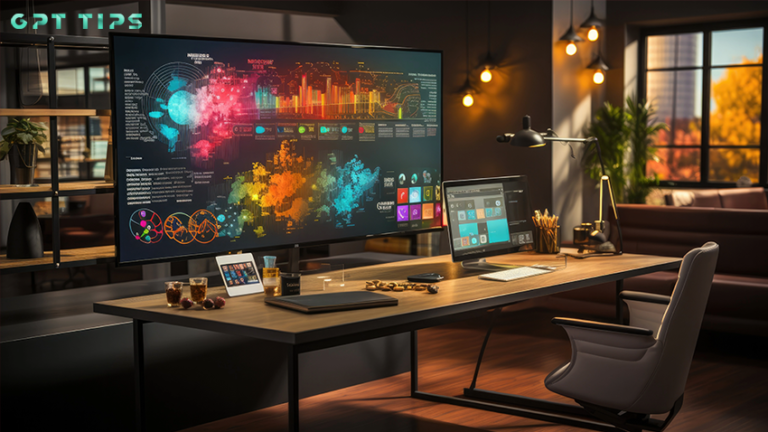
Leave a Comment